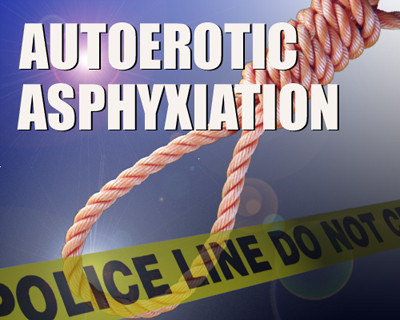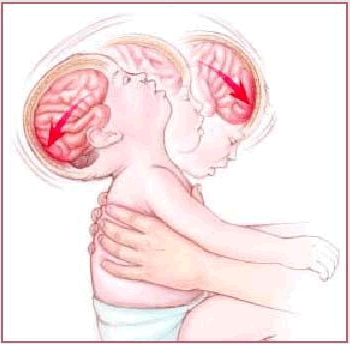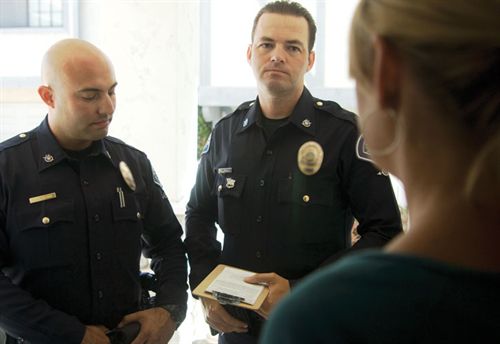Determining Time of Death
Defining Time of Death There are several times of death. Let me repeat that—there are several times of death. Time of death seems to be a simple and straightforward term that obviously means the exact time that the victim drew his last breath. Unfortunately, it’s not quite that simple. There are actually three different times…
Read More









